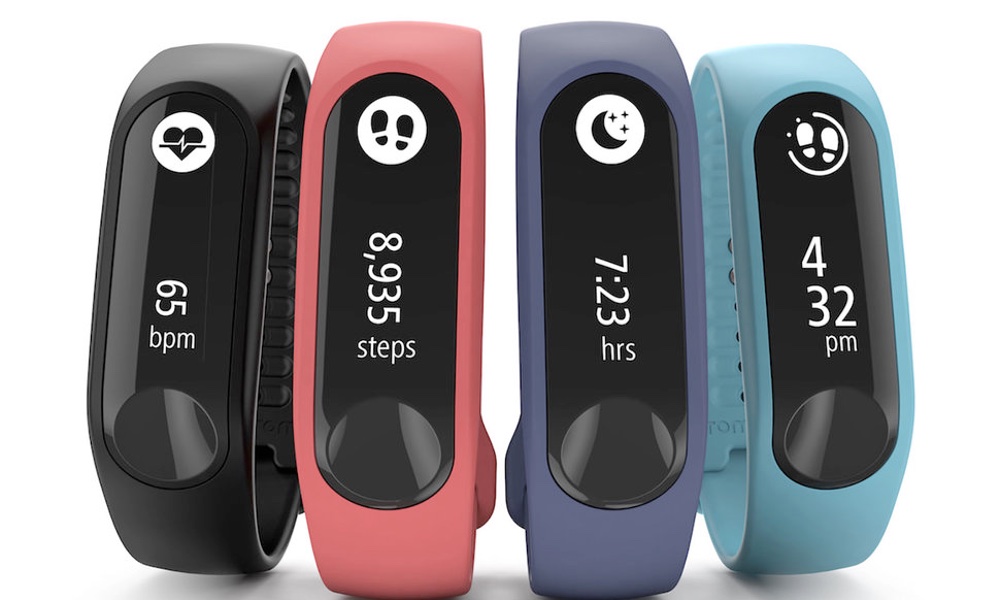In 2010, close to 28,000 people received medical treatment for strains, sprains, dislocations, and fractures related to back-pack use. So as you do your back-to-school shopping, if an all-important new pack is on your list, be sure that it fits your child properly. It is possible to have a backpack that serves both as a desired accessory and safe way to transport heavy books and notebooks.
The AAOS and others recommend that a child carry no more than 10-15% of their body weight in their pack.
Backpacks contribute to injury when they are too big or too heavy for a child, and when they are packed or carried improperly. They can cause children to lean too far forward or backward to compensate for an awkward load. They can cause stress fractures in the spine and inflammation of growth cartilage. They can encourage posture problems, including rounded shoulders, strained neck and spine muscles from poor carrying and picking up and removal habits. The straps can dig into the skin, muscles, and even nerve tissue in the shoulders causing discomfort and injury.
All these injuries are avoidable if parents make sure that their children's backpacks fit properly; their kids know how to load them the right way; and they are not too heavy.
Lighten the load. The AAOS and others recommend that a child carry no more than 10-15% of their body weight in their pack. This means they should only carry what they need for the day, and should make trips to t heir locker during the day to unload unnecessary items.
Adjust the load. The pack should be loaded so that the weight is properly distributed with heaviest items closest to the back. The straps should be adjusted such that the load rests on the mid back rather than the shoulders. Use chest and hip straps when available to distribute the weight. Consider a backpack with wheels if stairs are not a problem.
Padding, padding padding. The straps and back of the pack should be padded to avoid pressure spots.
Lift the load carefully and use both shoulder straps. A child should be able to comfortably bend at the knees and put the pack on without struggling.
- Make sure your child's pack is the right size. Small children often want packs designed for older kids, but the straps on these large packs won't distribute weight properly and their size makes it more likely that the pack will become too heavy.
- Watch for signs of potential injury including skin redness at the neck or shoulders, struggling to maneuver the pack, changes in the child’s posture, and complaints of pain, numbness or tingling in the arms or legs.
- Encourage your child to drop heavy books off at his or her locker during the day. Depending on your child's age, some books may not even be needed at school, but left at home.
- Make sure they aren't carrying unnecessary items — laptops, games, clothes.
- Encourage planning so kids aren't bringing home every book on the weekend to do work they could/should have done during the week.
- Encourage your school system to promote healthy backs by ordering more paperback books, using books on cd-roms, or having texts for students to use in-class so carrying them to school is unnecessary.




